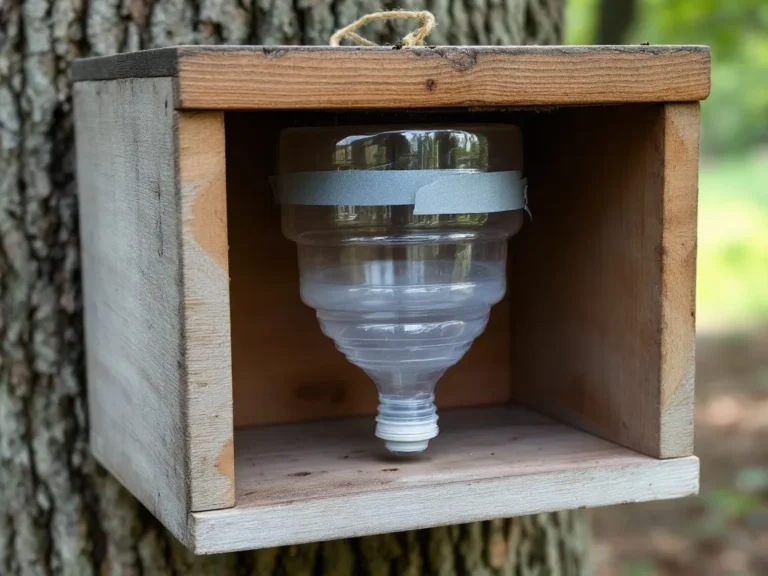Carpenter bees , borer bees or black bees are fascinating creatures, often mistaken for bumblebees, but with one critical difference: they love to drill into wood. If you’ve noticed large bees hovering around the wooden structures of your home, you might be dealing with carpenter bees. Understanding their lifecycle, particularly how long they live, is crucial for protecting your property from potential damage. In this blog post, we’ll dive into the lifespan of carpenter bees, why it matters, and how you can manage and prevent infestations effectively.
Understanding Carpenter Bees

Carpenter bees belong to the genus Xylocopa and are known for their solitary behavior. Unlike honeybees, they don’t live in hives but prefer to nest in wood. These bees are robust and have a shiny, black abdomen, which distinguishes them from the hairy bumblebees. Carpenter bees are not aggressive and rarely sting, but their tendency to bore into wood can cause significant damage to homes, decks, and other wooden structures.
The Lifespan of Carpenter Bees
The lifecycle of a carpenter bee consists of four stages: egg, larva, pupa, and adult. Let’s explore each stage to understand how long carpenter bees live.
- Egg Stage: Female carpenter bees lay their eggs in tunnels they excavate in wood. The eggs are laid in individual cells, each provisioned with pollen and nectar to nourish the developing larva. The egg stage lasts about 5-7 days.
- Larva Stage: Once the egg hatches, the bee enters the larval stage, where it feeds on the pollen and nectar. This stage lasts for about 2-3 weeks.
- Pupa Stage: After the larval stage, the bee enters the pupa stage, where it undergoes metamorphosis. This transformation period lasts for about 1-2 weeks.
- Adult Stage: Once the metamorphosis is complete, the adult bee emerges from the pupa. Adult carpenter bees typically live for about one year, but this can vary depending on environmental factors like temperature and predators.
In total, the lifespan of a carpenter bee, from egg to adult, can span around 6-8 weeks, with adult bees living up to a year under favorable conditions.
Why Lifespan Matters ?
Understanding the lifespan of carpenter bees is crucial for effective pest control. Since adult carpenter bees can live up to a year, they may return to the same nesting site year after year if not properly managed. This can lead to significant structural damage over time. By knowing the timing of their lifecycle, homeowners can better plan preventative measures and interventions to protect their property.
Preventing Carpenter Bee Infestations
Preventing carpenter bee infestations requires a proactive approach. Here are some strategies:
- Seal Holes and Cracks: Carpenter bees are attracted to soft, untreated wood. Seal any cracks or holes in your home’s exterior to prevent them from nesting.
- Paint or Varnish Wood: Treating wood surfaces with paint or varnish can deter carpenter bees from drilling into them.
- Use Carpenter Bee Traps: Traps are an effective way to capture carpenter bees before they can cause damage.
- Apply Insecticide: If you have an active infestation, applying insecticide to the nesting site can help eliminate the bees. Be sure to follow safety guidelines and consider hiring a professional if needed.
What to Do if You Have a Carpenter Bee Problem ?
If you discover an active carpenter bee infestation, here’s what you can do:
- Identify the Nesting Sites: Look for round holes in wood structures, often accompanied by sawdust. These are the entry points for carpenter bee tunnels.
- Use a Residual Insecticide: Apply a residual insecticide directly into the holes to kill the bees inside. Follow up with sealing the holes to prevent re-infestation.
- Consult a Professional: If the infestation is severe or you’re unsure how to handle it, consult a pest control professional who can provide expert advice and solutions.
Resources
- Pest Control Experts: Contact local pest control companies for professional assistance with carpenter bee infestations.
- DIY Pest Control: Websites like doityourselfpestcontrol.com offer tips and products for managing carpenter bees.
- Educational Articles: Learn more about carpenter bees and other wood-damaging insects from sources like the National Pest Management Association.
FAQs
- How long do carpenter bees live in different climates?
- Carpenter bees can live up to a year, but their lifespan may be shorter in colder climates where they go dormant in winter.
- Do carpenter bees die after they lay eggs?
- No, female carpenter bees continue to live and may even lay eggs in the following season.
- Can carpenter bees cause significant structural damage to homes?
- Yes, if left unchecked, carpenter bees can cause extensive damage over time as they continue to excavate tunnels in wood.
- How do I know if I have a carpenter bee infestation?
- Look for round holes in wood surfaces, often accompanied by sawdust. You may also see bees hovering near these holes.
- Are carpenter bees dangerous to humans?
- Carpenter bees are not aggressive and rarely sting unless provoked. However, their drilling can cause significant property damage.
Final Toughts
Carpenter bees may not be as aggressive as other pests, but their potential for damage should not be underestimated. By understanding their lifecycle and taking preventive measures, you can protect your home and enjoy the beauty of your wooden structures without worry. If you’re dealing with an infestation, don’t hesitate to take action or seek professional help. Your home is worth it!





